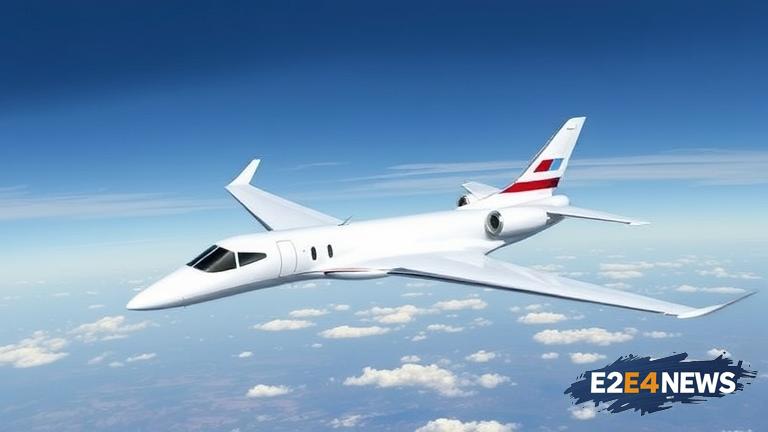The Federal Aviation Administration (FAA) has announced new rules for supersonic flight testing, marking a significant milestone in the development of supersonic aircraft. The new regulations aim to streamline the testing process, reduce costs, and increase efficiency. Supersonic flight testing has been a long-standing challenge due to the sonic boom phenomenon, which occurs when an aircraft breaks the sound barrier. The FAA has been working closely with industry stakeholders to develop a framework that balances the need for supersonic flight testing with the need to minimize the impact of sonic booms on the environment and local communities. The new rules provide a clear and comprehensive framework for supersonic flight testing, including requirements for noise reduction, testing procedures, and community engagement. The regulations also establish a new supersonic flight testing area, which will be designated by the FAA. This area will provide a safe and controlled environment for supersonic flight testing, reducing the risk of sonic booms and minimizing the impact on local communities. The FAA has also established a new advisory committee, which will provide guidance and oversight on supersonic flight testing. The committee will comprise representatives from industry, academia, and government agencies, ensuring a collaborative and multidisciplinary approach to supersonic flight testing. The new rules are expected to have a significant impact on the development of supersonic aircraft, enabling manufacturers to test and refine their designs more efficiently. This, in turn, is expected to lead to the development of faster, more efficient, and more sustainable supersonic aircraft. The FAA’s new rules have been welcomed by industry stakeholders, who see them as a major step forward in the development of supersonic flight. The rules are also expected to have a positive impact on the environment, as they promote the development of more efficient and sustainable supersonic aircraft. Furthermore, the new rules demonstrate the FAA’s commitment to innovation and its willingness to work with industry stakeholders to develop new technologies. The FAA’s approach to supersonic flight testing is also expected to have a positive impact on the US economy, as it is likely to create new jobs and stimulate investment in the aerospace industry. Overall, the FAA’s new rules for supersonic flight testing represent a major milestone in the development of supersonic aircraft and are expected to have a significant impact on the aerospace industry. The new rules are a testament to the FAA’s commitment to innovation and its willingness to work with industry stakeholders to develop new technologies. As the aerospace industry continues to evolve, it is likely that we will see significant advancements in supersonic flight technology, enabling the development of faster, more efficient, and more sustainable aircraft. The FAA’s new rules are an important step towards achieving this goal, and it will be interesting to see how the industry responds to these new regulations. In conclusion, the FAA’s new rules for supersonic flight testing are a significant development in the aerospace industry, and they are expected to have a major impact on the development of supersonic aircraft.
